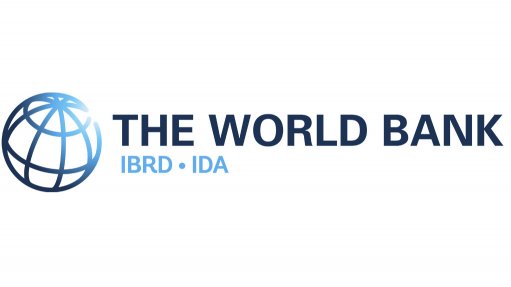
This report examines the opportunities to decouple growth in logistics activity from growth in GHG emissions, synthesizing existing evidence on potential GHG mitigation measures. It focuses on nonurban logistics. Urban logistics is covered in a companion report on decarbonizing urban transport. Chapters 2 to 5 cover the main types of interventions available to reduce GHG emission.
Chapter 2 examines how spatial planning and land use can affect logistics GHG emission and economy-widepricing measures provide economic incentives for decarbonization. Chapter 3 discusses the potential for a modal shift to lower emissions transport modes. Chapter 4 addresses opportunities for improving energy intensity through technical efficiency and capacity utilization. Chapter 5 explores the potential of alternative fuels for freight transport and energy sources for warehousing.
Chapter 6 brings together the various policy interventions and suggests how LMICs can analyze and prioritize interventions as part of their overall national logistics planning. An efficient logistics system is greener than an inefficient one, so many of the “quick win” interventions to reduce GHG emissions will also improve the efficiency and reduce the cost of a country’s logistics. The best mix of measures will be different for each country and can be integrated into each country’s development of a Green Logistics Plan.
Report by the World Bank